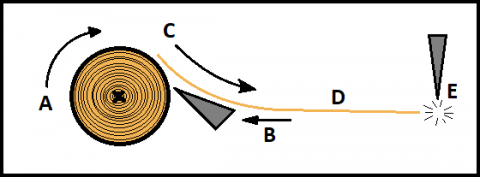We've Been Busy!
Posted by Zander on Sunday, 25 April 2021Every time I recognize that we should be doing an update, I never feel like that there's anything that's been particularly interesting. I think I've admitted this before. The truth is that we've actually been doing a lot of work. It's just not immediately obvious on the front page of this site. The long and the short of it is that we've still been collecting amps, and pedals, and PCBs and kits for pedals.
We don't believe anyone wants to read, "Look! I just bought this (thing)!" We don't care about reading others posting, "Look what we bought!". At the end of the day, it's what you DO, create, or share with the new things that come into your life and create that's important. Mere acquisition of things is not a particularly interesting activity.













